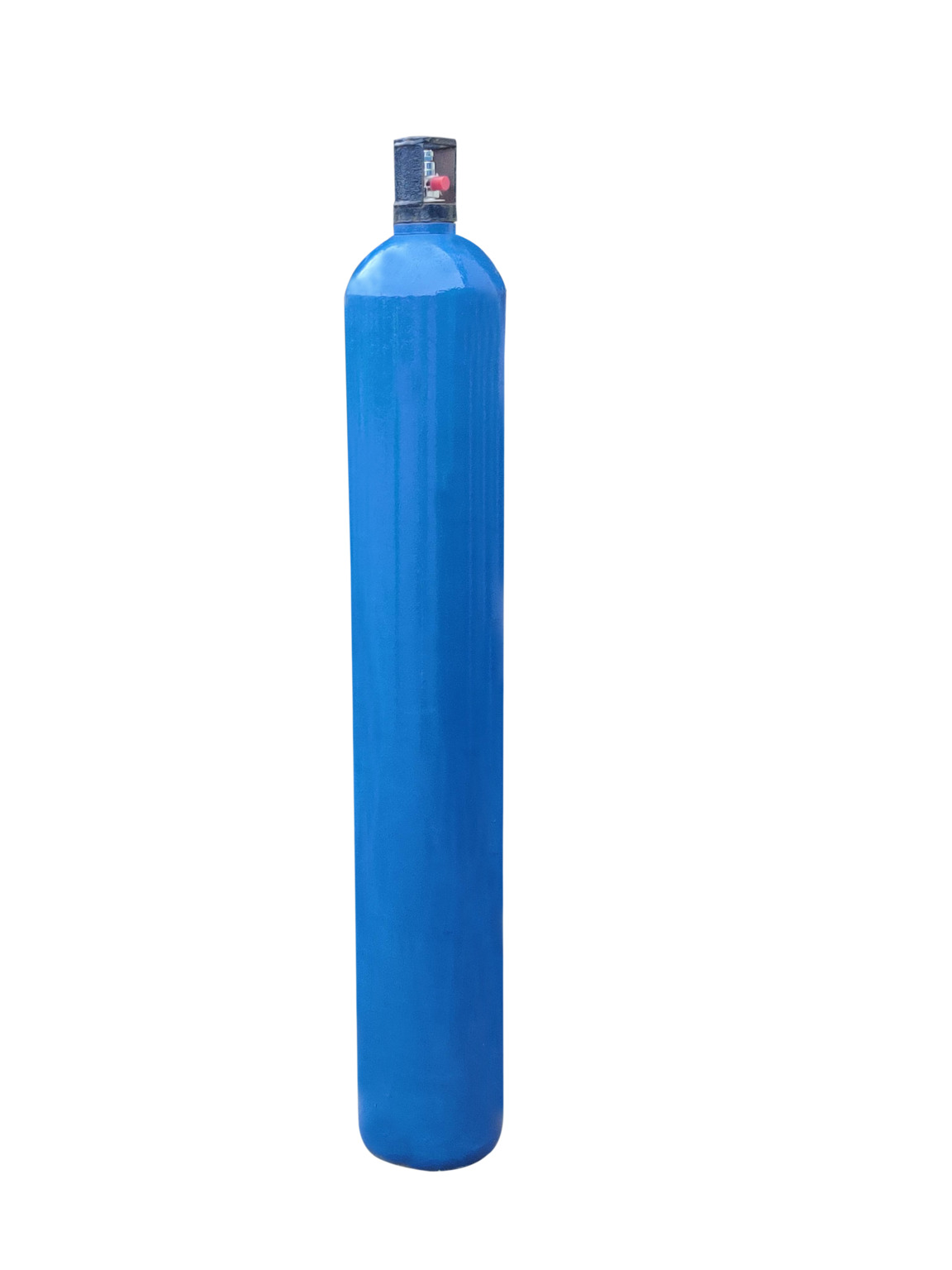Linde manufactures Nitrous Oxide IP as per standards provided in Indian Pharmacopeia 2018 and as permitted under Drugs and Cosmetics Act, 1940 and rules thereunder. Indian Government has enlisted Nitrous Oxide IP as an essential medicine and the pricing for Nitrous Oxide for medicinal use is controlled and regulated by National Pharmaceutical Pricing Authority (NPPA).

Nitrous Oxide is widely used in anesthesia. Its use improves the quality and safety of anesthesia induction, promotes faster recovery and reduces costs. Commonly known as laughing gas, it was first used as a dental analgesic and was widely used for anesthesia and analgesia in various surgical procedures.
The exact mechanism of action of medical nitrous oxide is unclear, but its action occurs in the pain center of the brain and spinal cord. It is thought to affect gamma-aminobutyric acid (GABA) cells by increasing the inhibition of nerve cells that cause drowsiness and sleep. It is also related to the release of endogenous neurotransmitters such as opioid peptides and serotonin. It is believed that the release of these neurotransmitters activates the descending pain pathway that inhibits pain transmission.
Contraindications
In some cases, the use of medical nitrous oxide is prohibited. For example, in in-patients who have recently undergone eye surgery (vitrectomy) to insert a bubble, nitrous oxide may diffuse into the bubble, causing the bubble to expand and eventually burst. Linde Healthcare can provide a gas warning bracelet for any patient who has undergone this type of eye surgery. This warns anesthesiologists or healthcare professionals, especially not to use nitrous oxide.
Nitrous oxide can cause a rise in intracranial pressure, so it should not be used in cases of head injury, and it must never be used if the patient has any conditions where the air is trapped in the body and expansion would be dangerous, for example:
- Pneumothorax
- Abdominal Distension
- Suspected Intestinal obstruction
- Bullous Emphysema
- Middle ear surgery
- After a recent dive
- Jaw and face (maxillo-facial) injuries
- Impaired Consciousness
- Intoxication
If nitrous oxide is used for more than 24 hours or more frequently than every 4 days, it must be used under close clinical and hematological supervision, as it may cause vitamin B12 deficiency in susceptible patients.
Environmental Responsibility
Occupational Safety
According to National Institute for Occupational Safety (NIOSH), based on an 8-hour time-weighted average (TWA), the maximum exposure limit for nitrous oxide is 50 ppm. This value is far below the value that may cause harmful effects. The effect of long-term exposure to high concentrations of nitrous oxide on fertility and fetal development has caused concern. To prevent personnel from being exposed to high concentrations of nitrous oxide, it should be used in approved locations. The approved design of the operating room where the gas can be managed includes air exchange requirements and the use of purification equipment to ensure a safe working environment.
Greenhouse Effect
Nitrous Oxide, although a Greenhouse gas, is permitted for medical use. The effect of environmental pollution due to the manufacturer of medical nitrous oxide is extremely low as it accounts for only 0.05% of the total impact of global Greenhouse gas emissions. Globally, Nitrous Oxide accounts for only 5% of the Greenhouse gas emissions out of which a mere 1% of all Nitrous Oxide emissions accounts for medical purposes. Linde complies with all the applicable regulations and norms with respect to Greenhouse gas emissions.
Click here to know more about the supply mode of Nitrous Oxide IP.